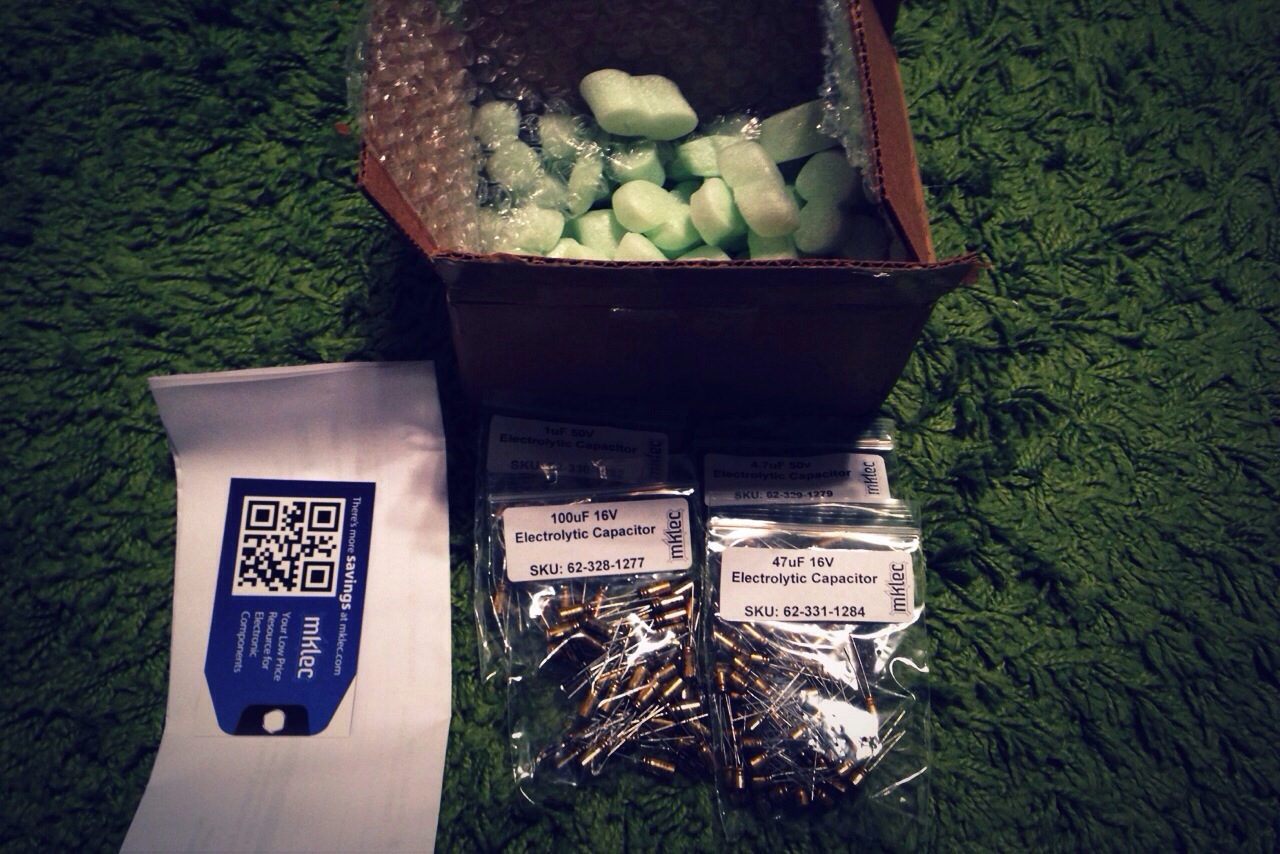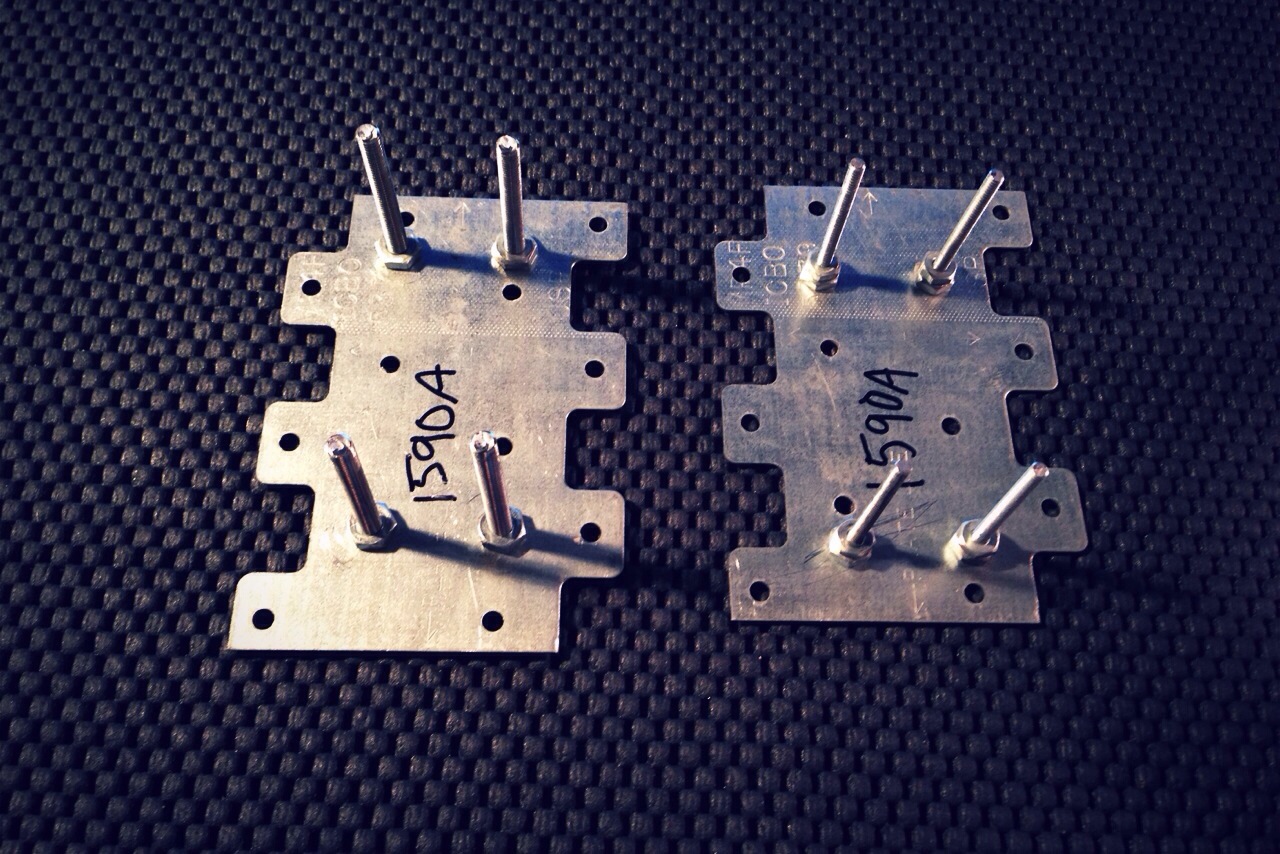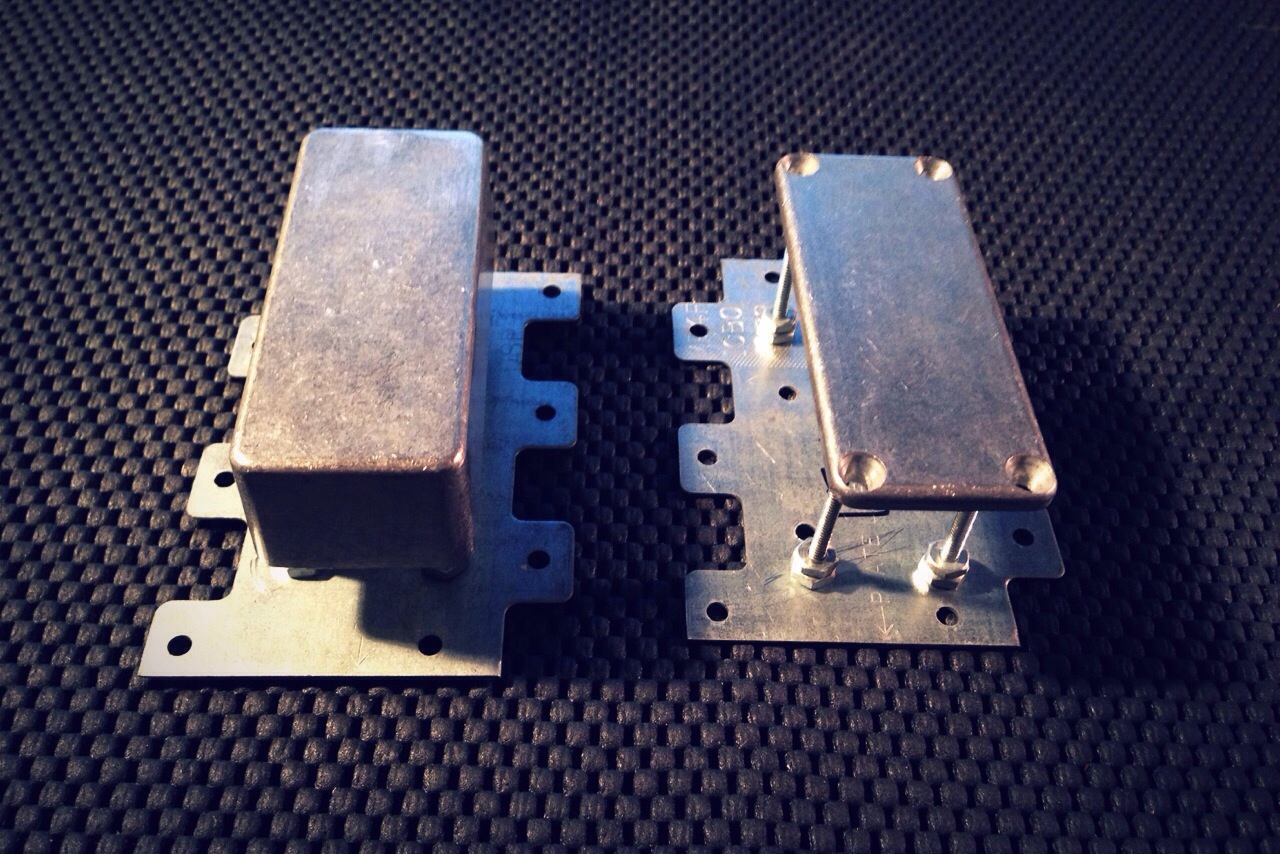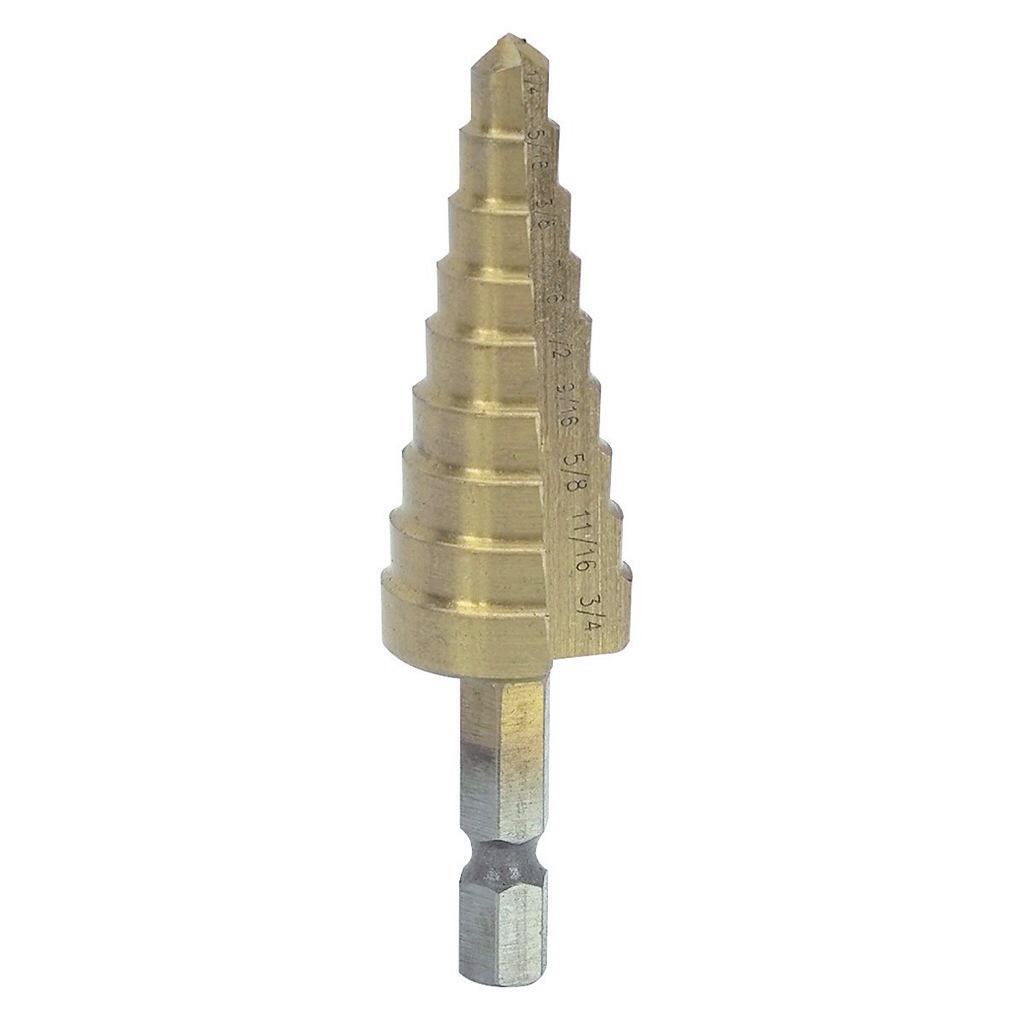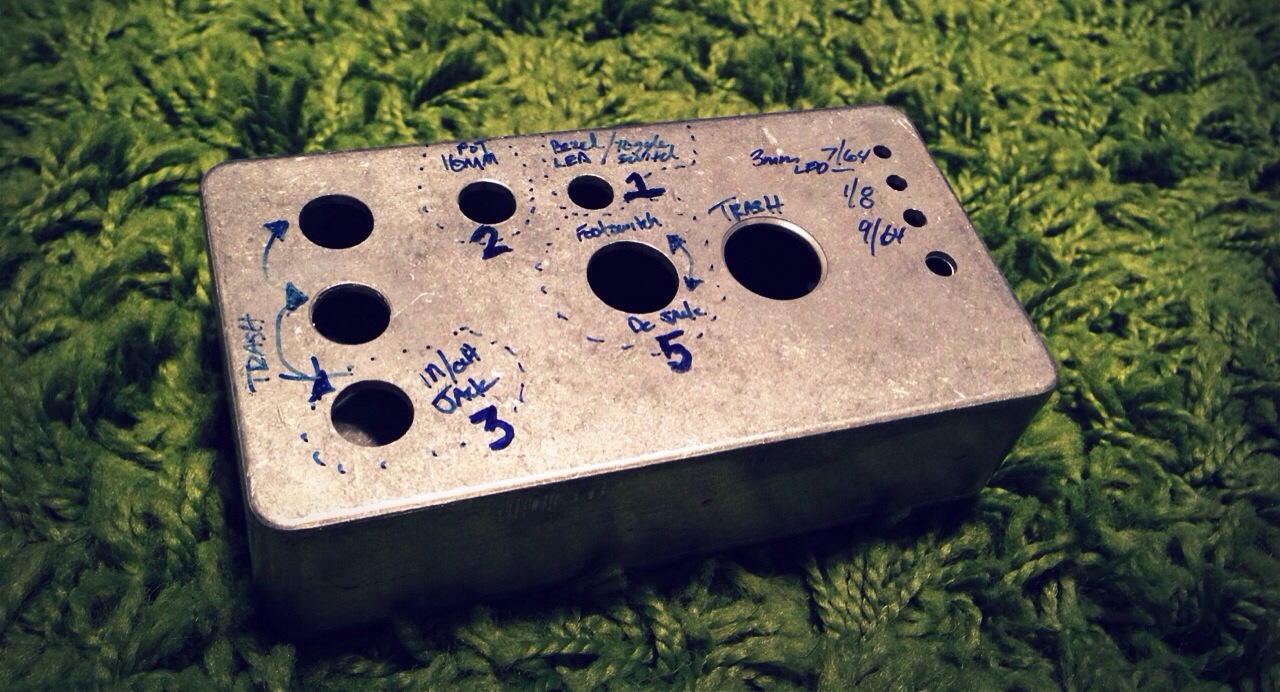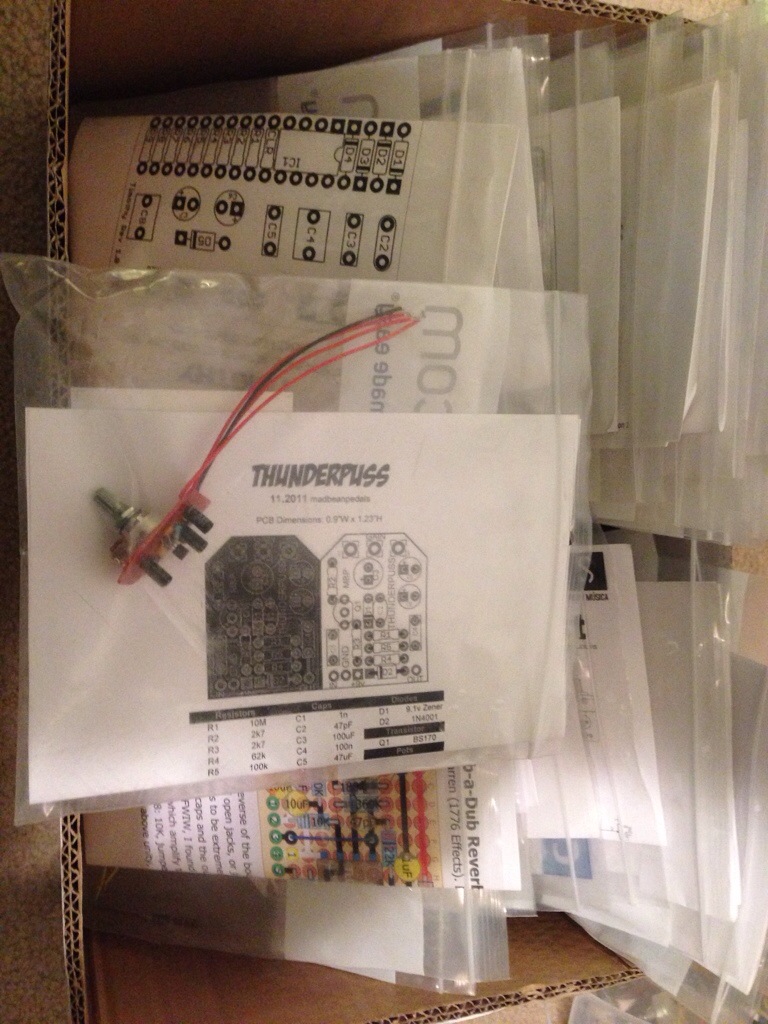MKLEC first purchase
There was a thread at Madbean forums about a new online store that will sell electronic components at competitive prices and they were located in the US…I was interested. Mklec, a Mississippi based husband and wife ran shop with a pretty good selection of parts to start with. Their pricing is on par and better in some cases with other online shops like Tayda and Small Bear. I have noticed that most of their parts seem to be of the same quality of Mouser and not some of the lower quality of Tayda. Mklec had a nice assortment of audio quality Nichicon electrolytic capacitors. My first order consisted of the following:
50 x 100uF 16v Audio Grade Electrolytic Capacitor – Nichicon – $4.00
50 x 1uF 50v Audio Grade Electrolytic Capacitor – Nichicon – $4.00
50 x 4.7uF 50v Audio Grade Electrolytic Capacitor – Nichicon – $4.00
50 x 47uF 16v Audio Grade Electrolytic Capacitor – Nichicon – $4.50
Order Details:
- 5-7-2014 – Placed order online
- 5-7-2014 – Received a Stamps.com shipment notification.
- 5-8-2014 – Received an update from owner David Miles letting me know my package was on its way to me and thanking me for my business.
- 5-10-2014 – Package was delivered by USPS.
Opening the package I noticed everything was well packaged and all bags were labeled correctly and clearly.
The capacitors are nothing shy of what I would get from Mouser just priced better from Mklec.
Final Thoughts:
I will definitely be using Mklec for passive components and look forward to seeing what items he starts stocking in the future.

